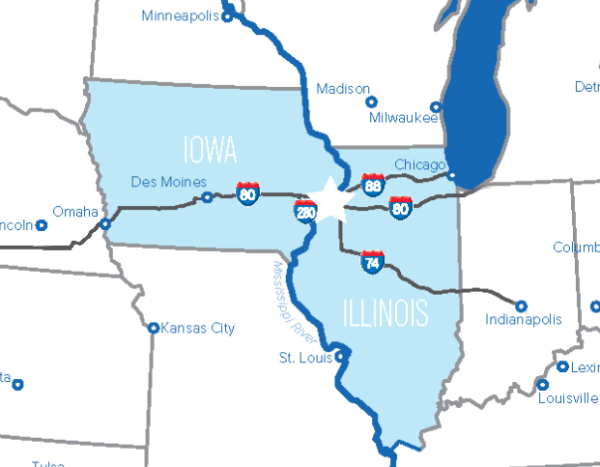 Written by Dr. Kenneth A. Kriz, Distinguished Professor of Public Administration, University of Illinois
Written by Dr. Kenneth A. Kriz, Distinguished Professor of Public Administration, University of Illinois
The first quarter of 2022 saw slow progress in the economy. The previous quarter had been up and down, first the continuation of a strong economic recovery that started in the second half of 2020, then a retrenchment in the face of the Omicron COVID-19 variant. In the first quarter, the combined pressures of rising inflation, increasing interest rates and concerns over fiscal drag coming from the inability of the Biden administration to pass large legislative packages caused a significant drag on the economy. This drag overwhelmed the wide-scale reopening of the economy after the Omicron variant proved to be less severe than feared.
Real economic growth at the national level (measured by Real Gross Domestic Product (GDP) was a negative 1.4% in the first quarter. The economy shrank in large part due to three factors, as shown in Figure 1. Those were the spending down of inventories, which accounted for a decline of 0.86% in GDP, a lower level of exports, likely caused by a weak world economy as many regions struggled far more with the Omicron variant (-0.68% contribution to GDP growth), and most significantly a strong growth in imports (contributing a large 2.53% decline in GDP growth). The imports number, while producing a drag on GDP in the fourth quarter, could also be seen as a sign of economic strength. Historically, strong imports – especially in the goods sector where this growth was seen in Q4 – have indicated a strong domestic economy as this reflects strong consumer demand. Also, the parts of the economy that represent consumer spending and business investment contributed over 3% to GDP growth, suggesting underlying strength in the economy. Looking forward, an average of “nowcasts” from various forecasters that we track indicates that real GDP growth will be around 2.5% in the first quarter of 2022, returning back to the trend growth rate of the decade prior to the COVID pandemic.





